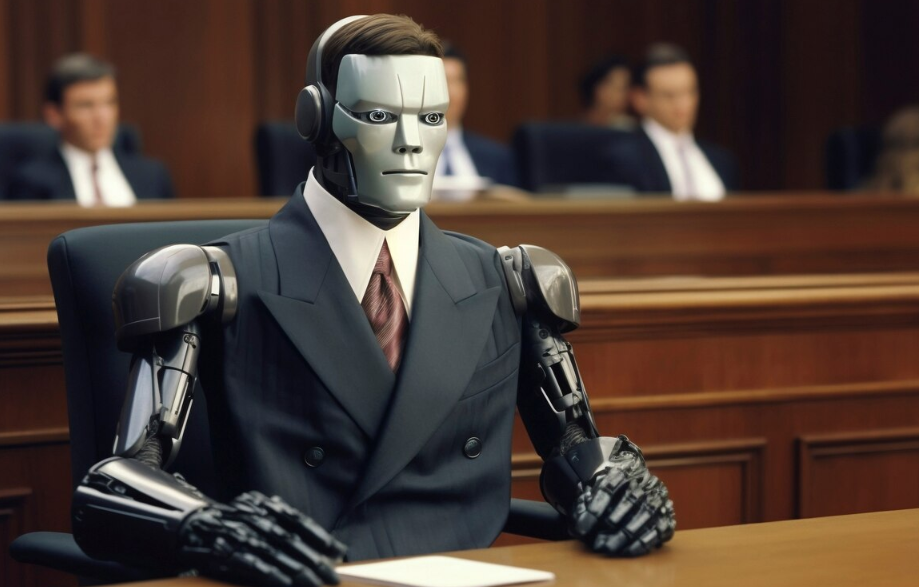Human intuition has long been seen as something mysterious—an unexplainable feeling, a gut reaction, a sudden decision that turns out to be correct without conscious reasoning. But what if we could measure, analyze, and even predict instinctual responses? What if machines could sense our intuition before we do?
Welcome to the frontier of tech-enhanced intuition, where biometric sensors, AI, and neurotechnology come together to decode the hidden language of instinct and enhance it with real-time data.
What Is Tech-Enhanced Intuition?
Tech-enhanced intuition refers to the use of wearable sensors, neural interfaces, and predictive algorithms to detect and anticipate our subconscious responses to the world. By measuring subtle signals in the body and brain—such as heart rate variability, skin conductance, micro-expressions, and neural oscillations—these systems aim to understand what we’re about to feel or decide before we’re even fully aware of it.
In short: machines that learn your instincts—and help sharpen them.
How Does It Work?
🧠 Neural Data Collection
Advanced EEG headsets and brain-computer interfaces (BCIs) can detect electrical activity in the brain in real time. These patterns, especially those associated with preconscious decision-making, can be analyzed to predict intent or emotional shifts.
❤️ Biometric Feedback Loops
Wearables like smartwatches and biosensing patches monitor:
- Heart rate and rhythm
- Galvanic skin response (GSR)
- Pupil dilation
- Muscle tension
These biometric cues are often the first indicators of instinctual reactions such as fear, trust, excitement, or doubt.
🤖 Machine Learning Prediction
AI models trained on large datasets of human behavior can recognize recurring physiological patterns and link them to decision-making tendencies. Over time, the system learns your unique “intuition signature,” offering suggestions or alerts aligned with your subconscious responses.
Applications: Where Intuition Meets Tech
🎯 1. High-Stakes Decision Making
In fields like aviation, military operations, and emergency medicine, milliseconds matter. Tech-enhanced intuition can act as a second brain, alerting professionals to subtle threats or anomalies they might not consciously notice.
🧘 2. Emotional Awareness and Mental Health
For individuals with anxiety or PTSD, these systems can detect early signs of distress and offer calming interventions—like guided breathing, biofeedback, or lighting changes—before the person becomes overwhelmed.
🧩 3. Creative Workflows
Designers, musicians, and writers may benefit from tools that detect flow states or cognitive fatigue, allowing them to ride waves of inspiration more effectively or know when to pause.
💼 4. Business and Negotiation
In high-pressure negotiations, systems that monitor intuition can offer subtle nudges—indicating whether you’re veering toward trust or hesitation, helping you read the room with more precision.
Is This Still Intuition?
Here’s the philosophical twist: if a machine predicts your gut feeling before you do, is it still your intuition?
In many ways, tech-enhanced intuition doesn’t replace instinct—it amplifies it. These systems don’t dictate decisions; they mirror and clarify your preconscious inclinations, giving you a clearer signal in a world full of noise.
But critics argue that relying too heavily on machines could lead to the outsourcing of self-trust. If we always ask the device how we feel, do we lose the ability to feel on our own?
Ethical and Privacy Concerns
Like any system that tracks human behavior, tech-enhanced intuition raises important questions:
- Who owns your subconscious data?
- Can companies use instinct tracking to manipulate choices or sell products?
- What happens when intuition is wrong—and machines reinforce it?
Ensuring transparency, user control, and clear boundaries will be essential as these technologies develop.
The Future of Intuition
We may be entering a world where our instincts are no longer invisible forces, but measurable and trainable abilities. With the right tools, we might learn to better understand not just our conscious minds, but the silent signals beneath them.
Intuition may be ancient, but with technology, it becomes a frontier—one we can explore, refine, and perhaps even perfect.


